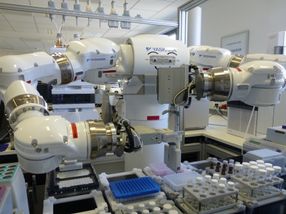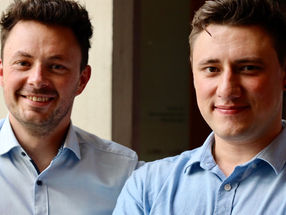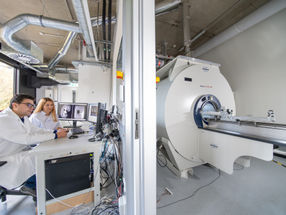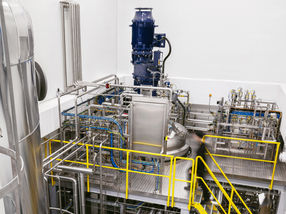SEQUENOM MassARRAY(TM) System Used to Identify Diabetes Risk Gene
Independent Study Shows Novel Genetic Association Using Cost-Effective DNA Pooling Strategy
San Diego. Sequenom, Inc. announced that its MassARRAY system was used to identify a novel genetic association to diabetes, according to an independent study from the April 2004 issue of the journal Diabetes. A group that included the National Institutes of Health (NIH) used DNA sample pools of affected and healthy individuals to show that the HNF4A gene has a genetic association to adult-onset diabetes.
"These findings validate our MassARRAY system and DNA pooling strategy as a rapid and cost-effective method for customers to discover genetic associations in important diseases," said Toni Schuh, Ph.D., SEQUENOM's President and Chief Executive Officer. "The costs of this study would likely have been prohibitive using competing technologies. Further, due to the inherent flexibility of the MassARRAY system, a large study such as this can move from the conception stage to completed results in just a few weeks. Many customers around the world are using our technology with this approach; this is the first instance where the customer chose to publish their novel association."
According to the NIH study, "DNA pools can be used effectively to estimate differences in SNP allele frequencies between case and control populations." This strategy enables researchers to determine the frequency of a SNP marker in a population by quantitatively pooling hundreds of DNA samples into a single assay. This enables researchers to evaluate SNPs within large patient pools before determining whether to include the SNP markers in individual analyses, eliminating the need to do thousands of additional experiments.
SEQUENOM has used this strategy on a much larger scale to conduct all 12 of its genetic scans of the human genome for major human diseases such as cancer and diabetes. From these scans, the Company now has over 60 replicated genes of similar magnitude, including HNF3B, one of eight novel diabetes genes found in its diabetes program.
The NIH study, entitled "Genetic Variation Near the Hepatocyte Nuclear Factor-4A Gene Predicts Susceptibility to Type 2 Diabetes," appears in the April 2004 issue of Diabetes, a journal of the American Diabetes Association.
Most read news
Topics
Organizations
Other news from the department research and development

Get the life science industry in your inbox
From now on, don't miss a thing: Our newsletter for biotechnology, pharma and life sciences brings you up to date every Tuesday and Thursday. The latest industry news, product highlights and innovations - compact and easy to understand in your inbox. Researched by us so you don't have to.






















































